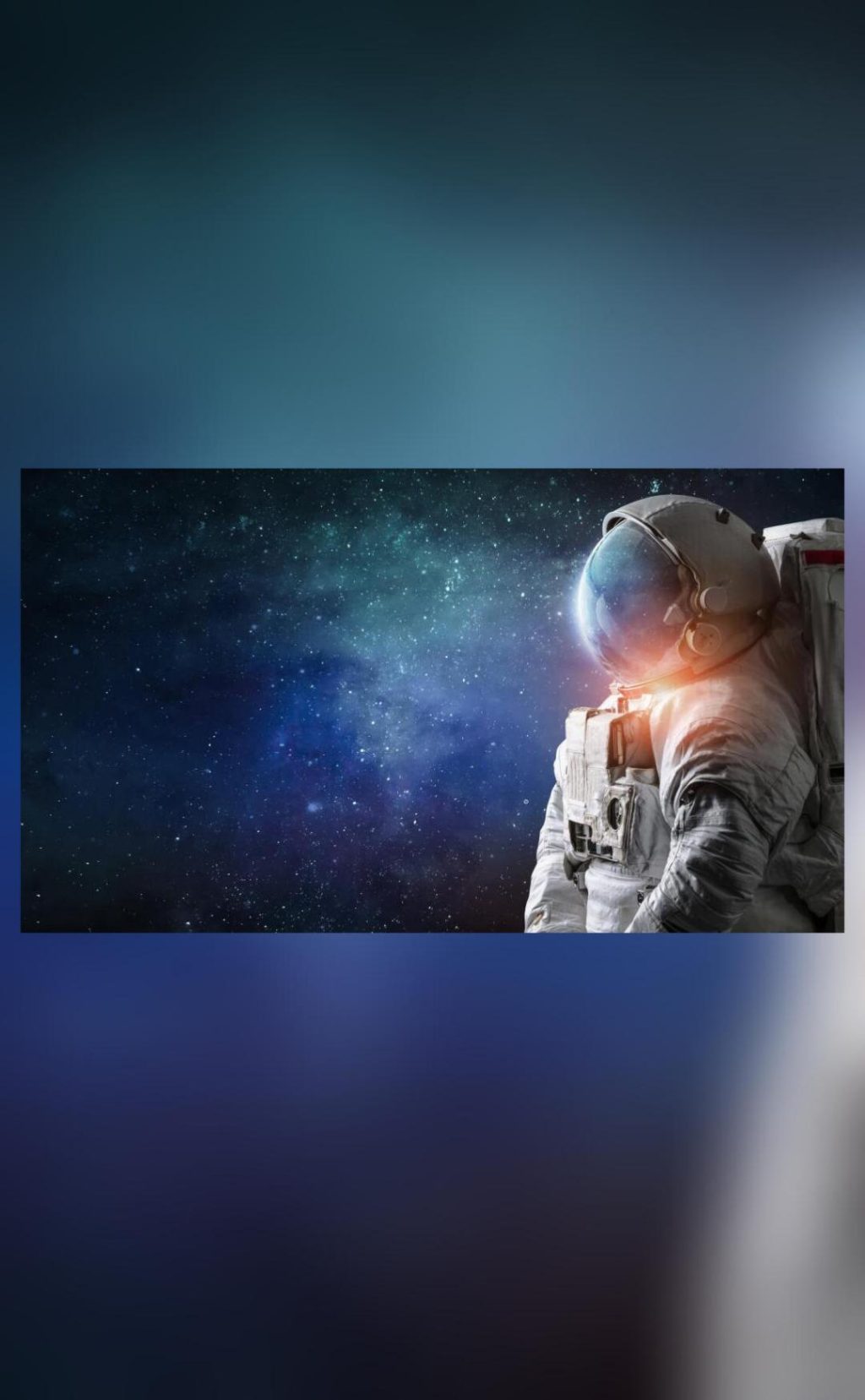
Google & NASA Create AI Medical Assistant for Mars Missions
In a groundbreaking collaboration, NASA and Google have unveiled an AI-powered medical assistant designed to keep astronauts healthy during long-duration space missions, including those to Mars. Dubbed the “Crew Medical Officer Digital Assistant (CMO-DA),” this innovative system uses machine learning algorithms to process speech, text, and images to diagnose medical conditions and provide treatment recommendations.
Developed on Google Cloud’s Vertex AI platform, the CMO-DA is a multimodal AI system that enables astronauts to communicate with the medical assistant using a variety of input methods, including voice commands, text-based inputs, and even images. This flexibility is crucial for space missions, where communication methods may be limited due to equipment constraints or environmental factors.
The CMO-DA is being tested by NASA’s Johnson Space Center in Houston, Texas, where a team of researchers and clinicians are evaluating its effectiveness in diagnosing common medical conditions that may arise during space travel. According to a recent blog post on the Google Cloud website, the AI system has achieved impressive diagnostic accuracy rates, with a score of 88% for ankle injuries and 80% for ear pain.
The development of the CMO-DA is a significant step forward in the field of artificial intelligence for healthcare, particularly in the context of space exploration. Long-duration space missions, such as those to Mars, pose unique challenges for healthcare providers, including limited access to medical specialists, equipment, and resources.
“We’re pushing the boundaries of AI in healthcare to ensure that our astronauts receive the best possible care during their missions,” said Dr. Richard Jones, NASA’s chief health and medical officer. “The CMO-DA has the potential to revolutionize the way we deliver medical care in space, and we’re excited to see its potential benefits.”
The CMO-DA is designed to assist astronauts in a variety of ways, from diagnosing and treating minor medical conditions to providing guidance on preventive care and health maintenance. The system can also integrate with other medical devices and equipment on board the spacecraft, allowing it to access a wide range of medical data and resources.
One of the key features of the CMO-DA is its ability to process natural language inputs, allowing astronauts to communicate with the system using everyday language. This means that astronauts can ask the system questions, provide symptoms, or describe their medical condition, and the CMO-DA will respond with a diagnosis and treatment plan.
The CMO-DA is also designed to learn and adapt over time, allowing it to improve its diagnostic accuracy and treatment recommendations based on new data and experiences. This means that the system will become more effective and reliable as it gains more experience and exposure to different medical conditions and scenarios.
While the CMO-DA is currently being tested for use in space missions, its potential applications extend far beyond the astronaut community. The system could be used in a variety of healthcare settings, from emergency departments to primary care clinics, to provide fast and accurate diagnoses and treatment recommendations.
The development of the CMO-DA is a testament to the power of collaboration between government agencies and private sector companies. By bringing together the expertise and resources of NASA and Google, the two organizations have created a truly innovative solution that has the potential to revolutionize the way we approach healthcare in space and beyond.
Source:






